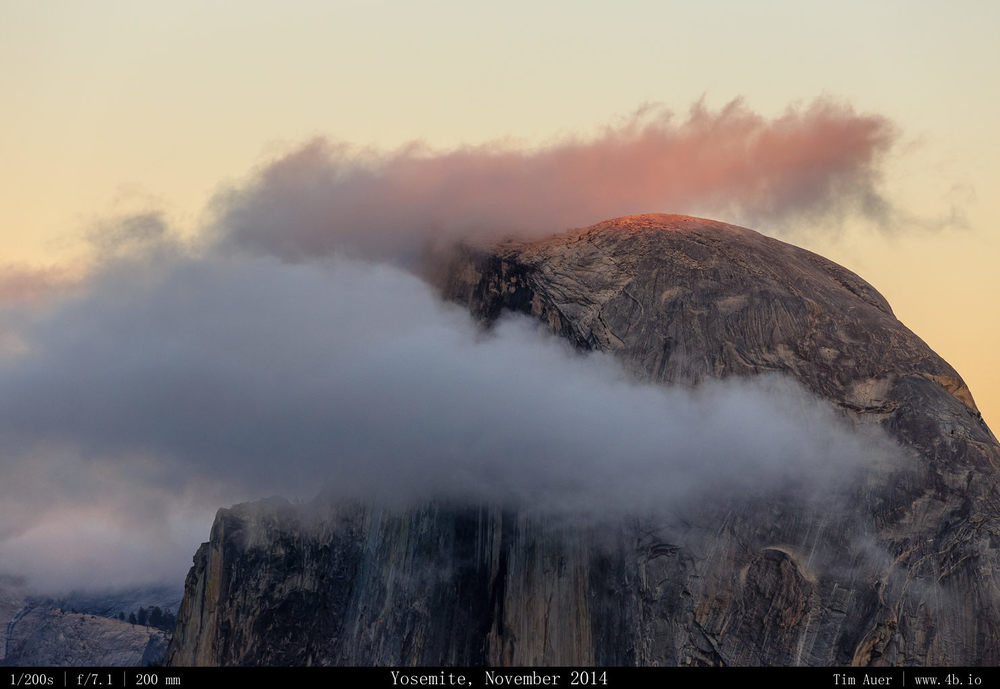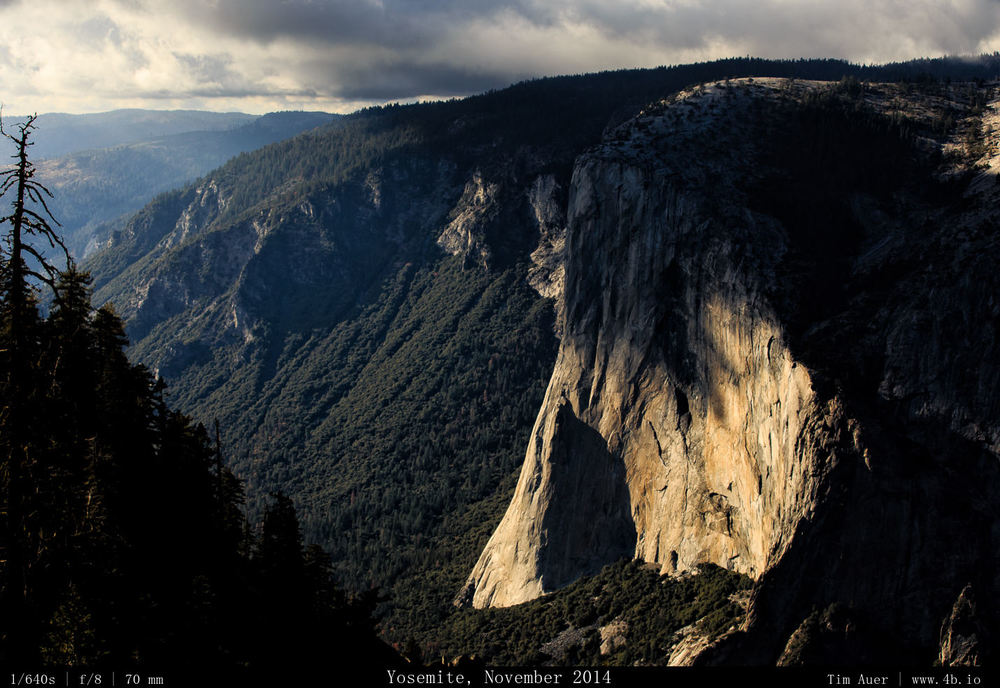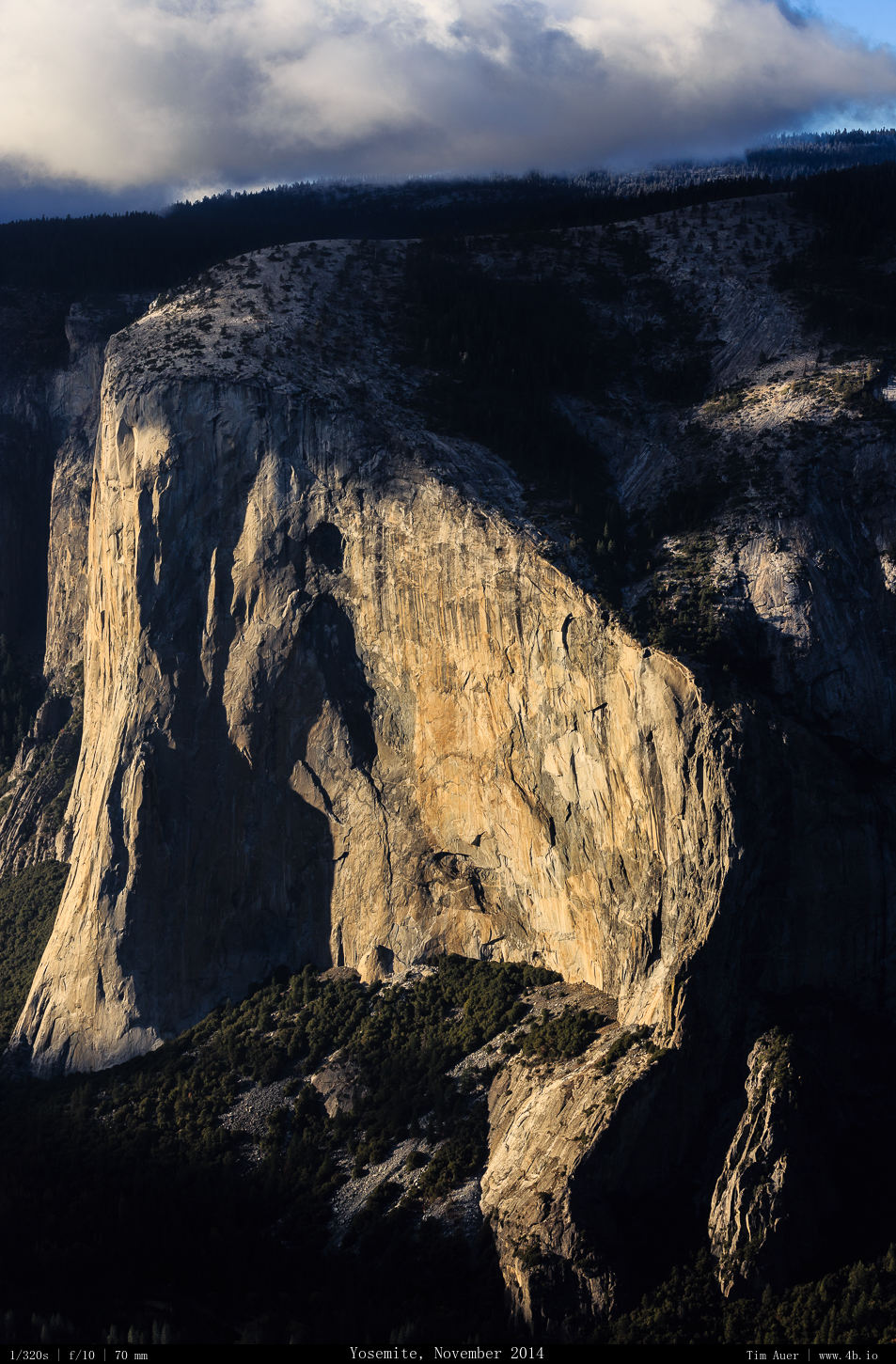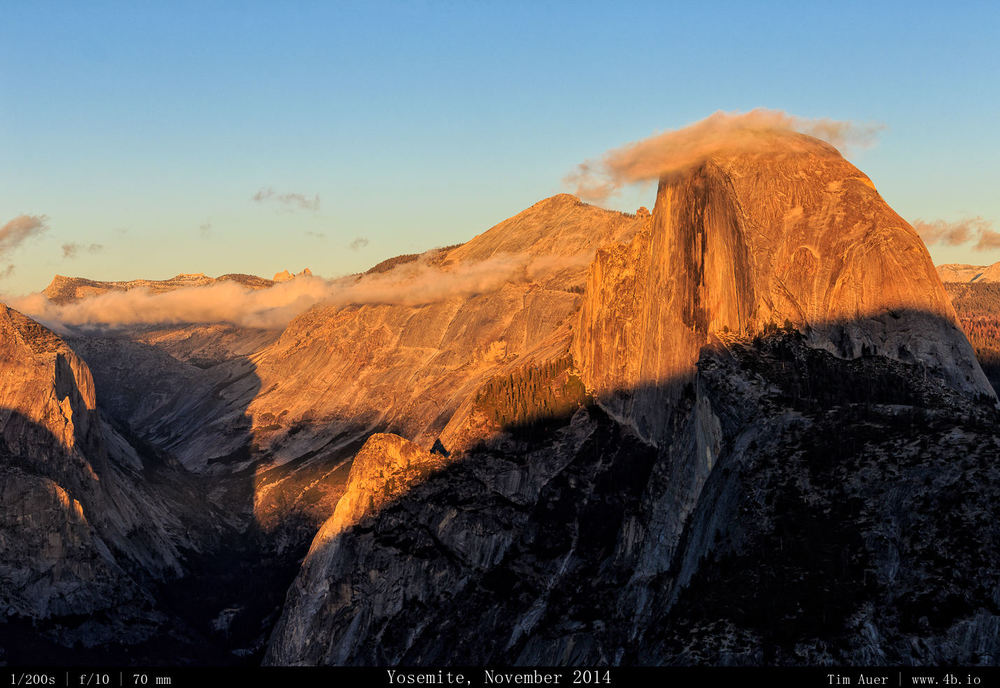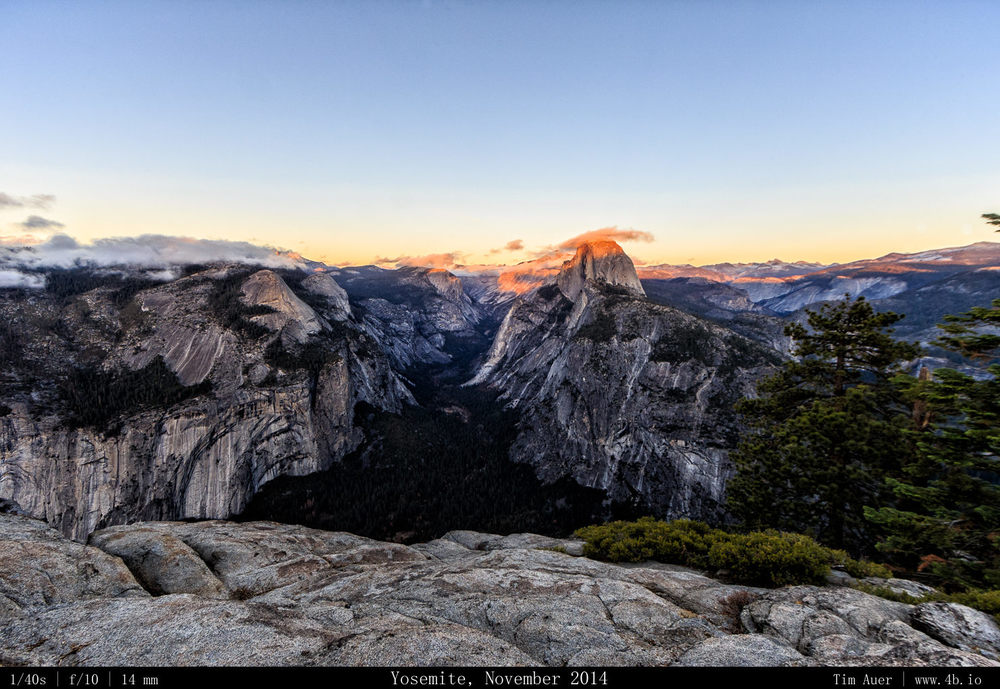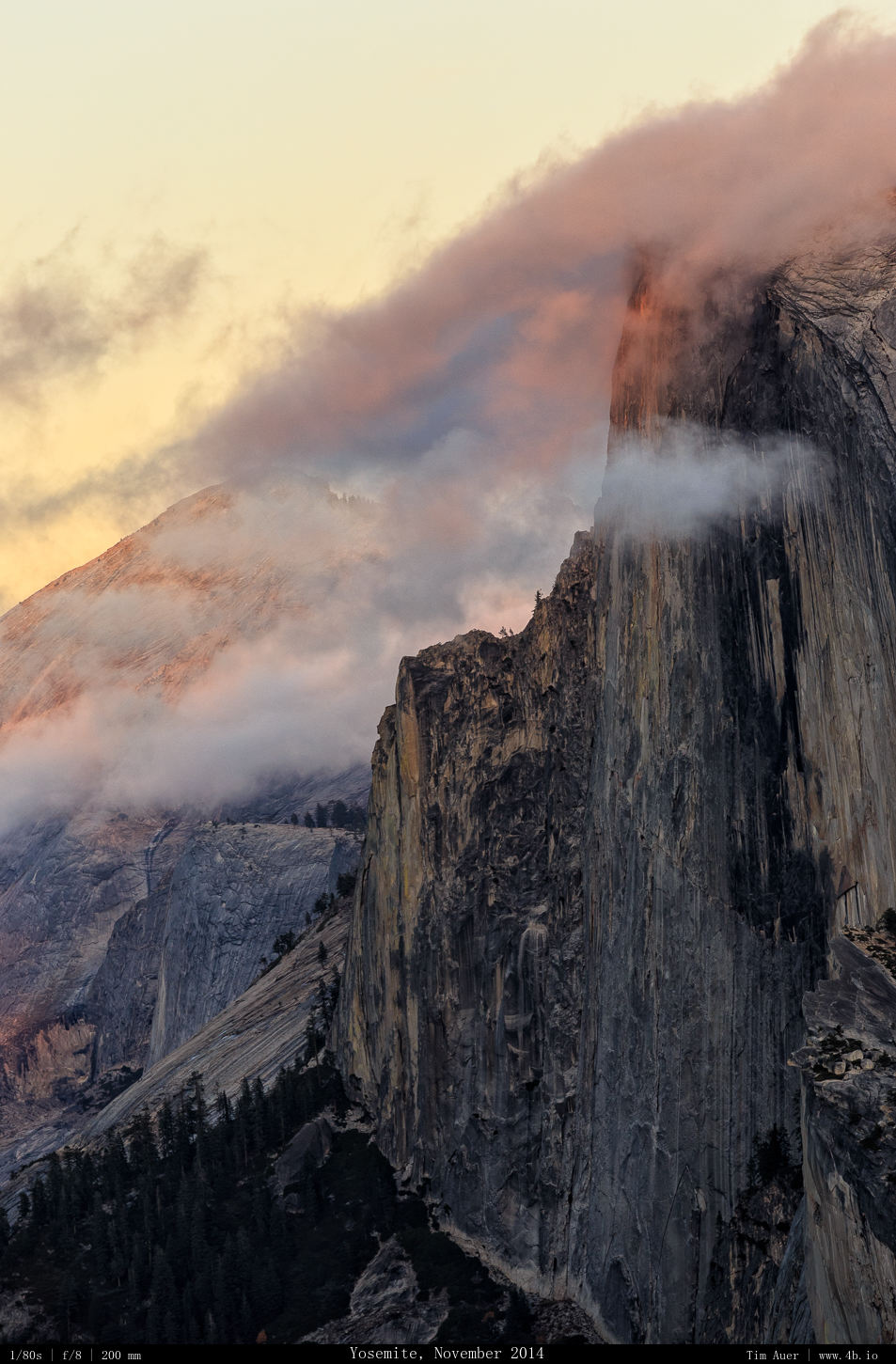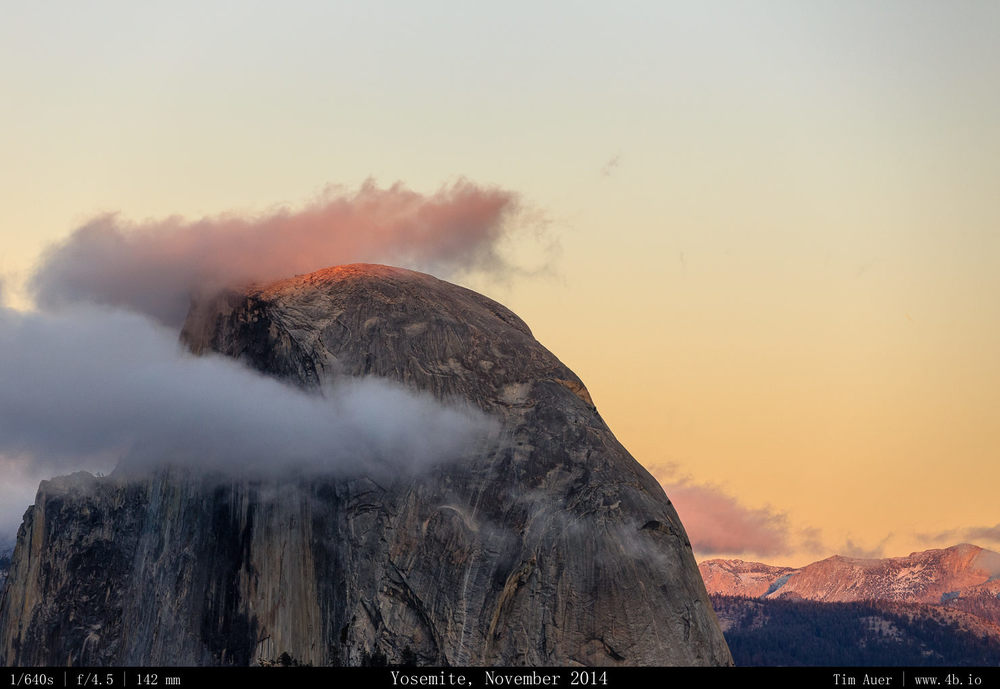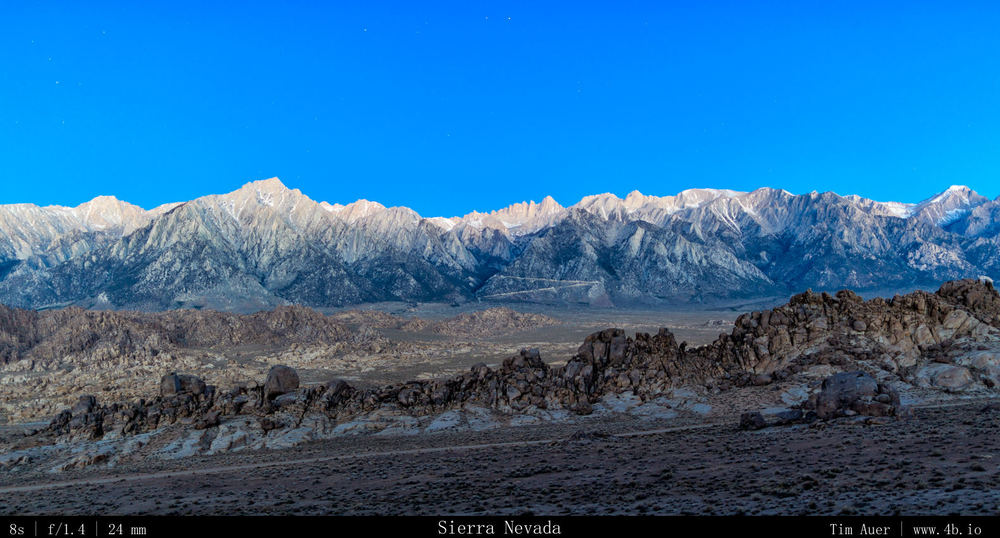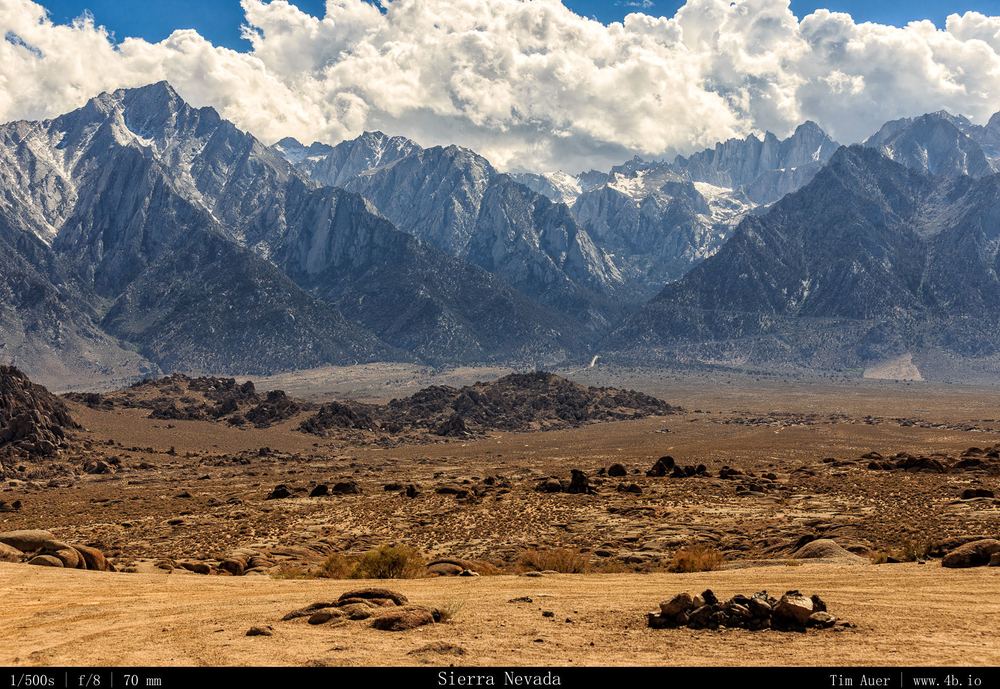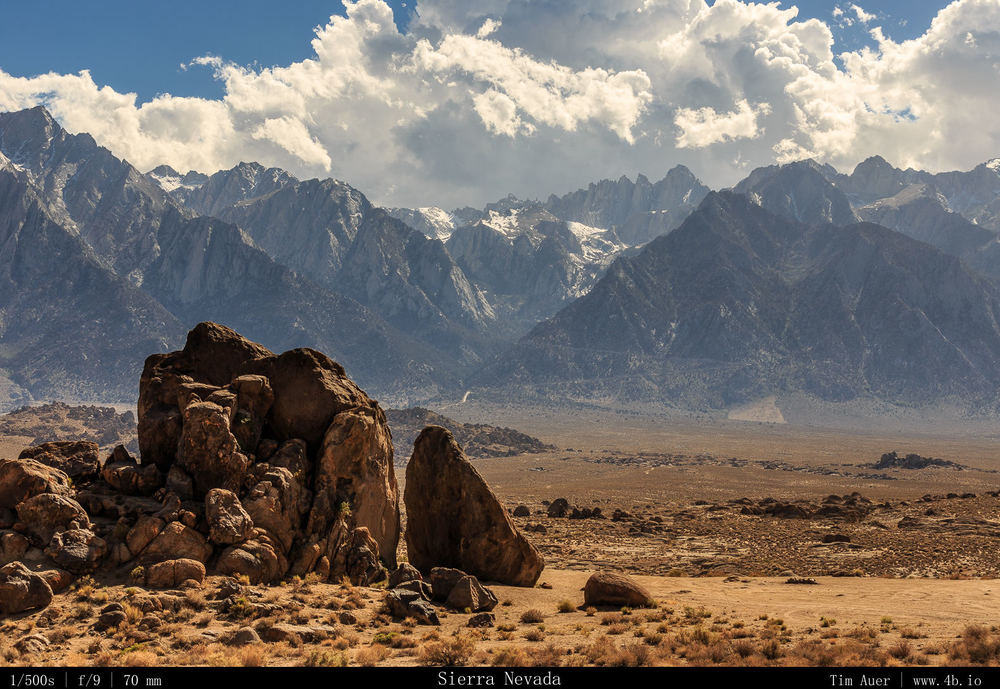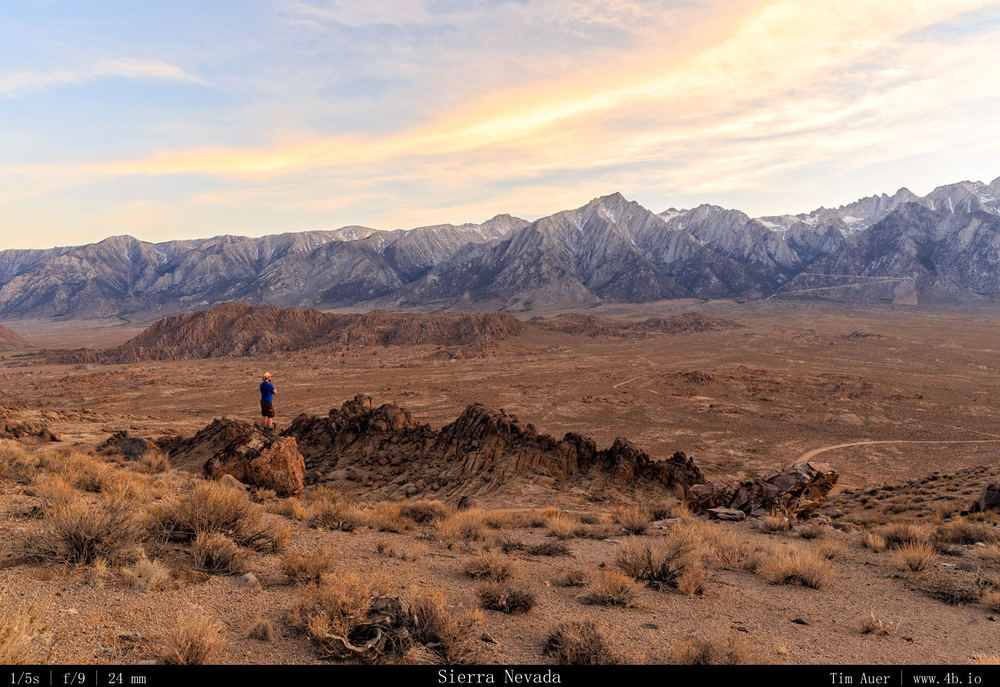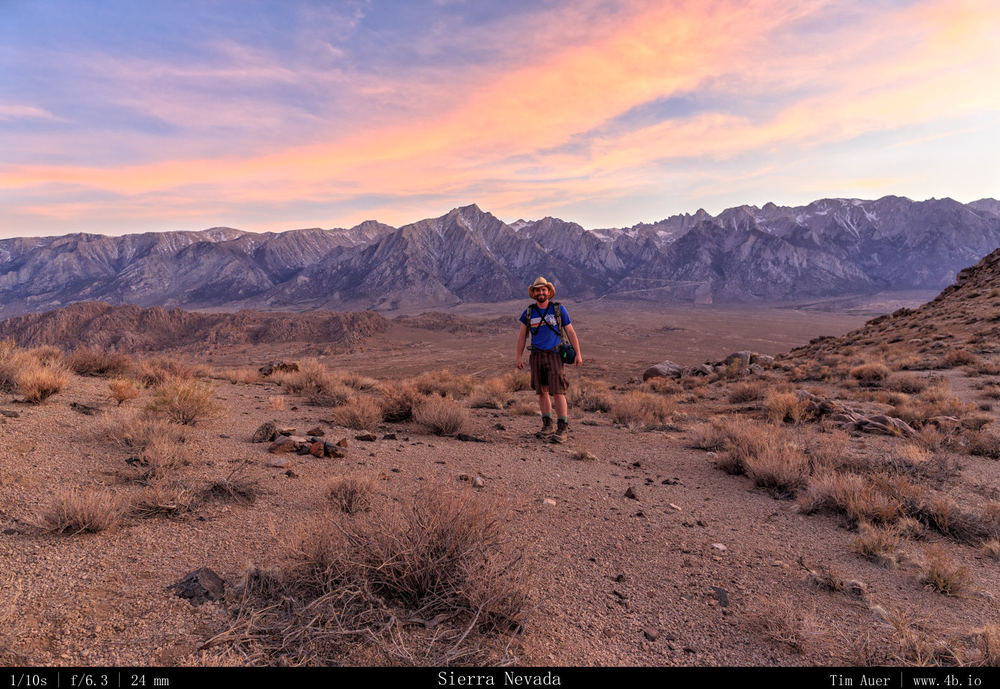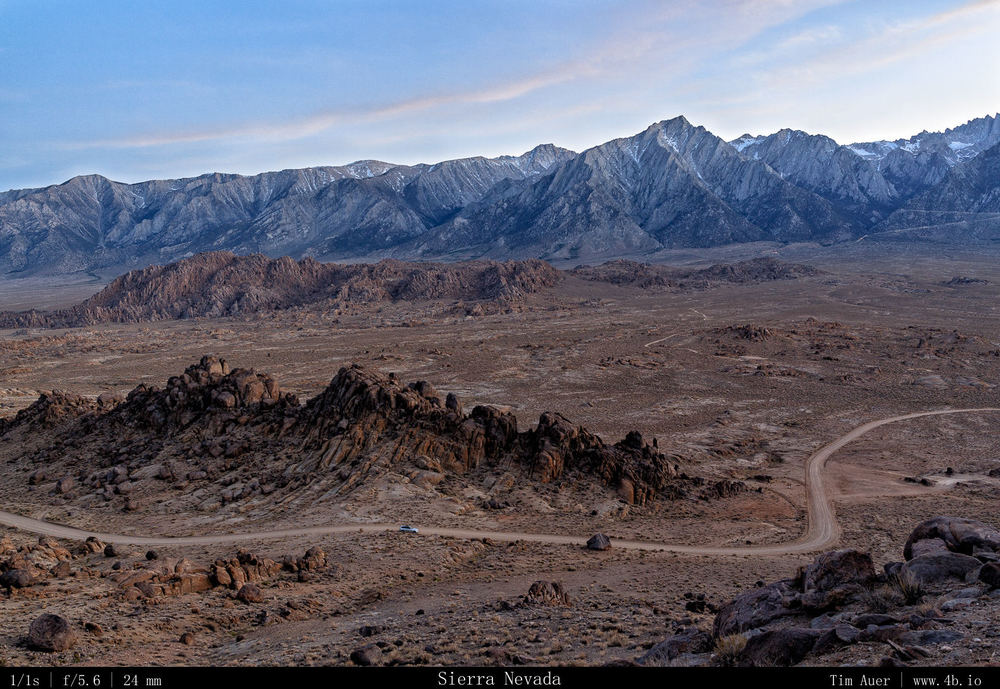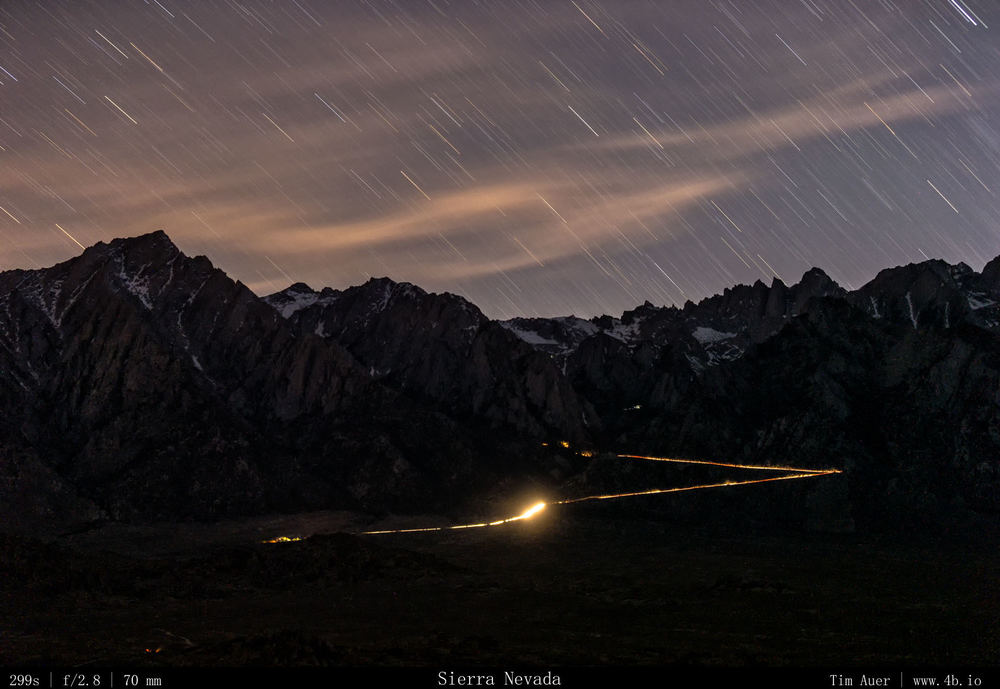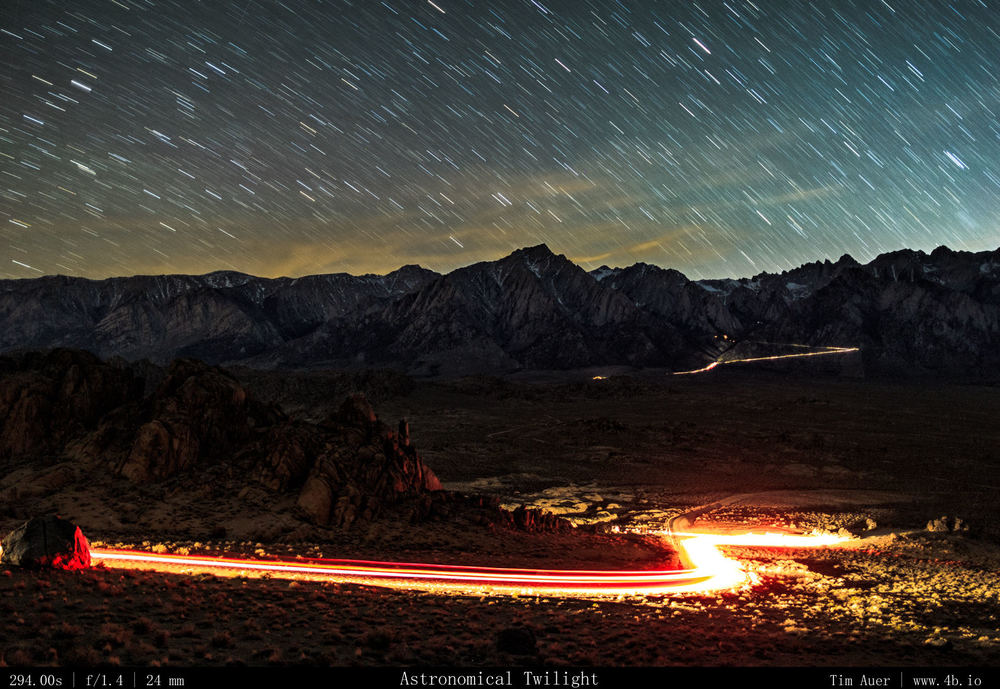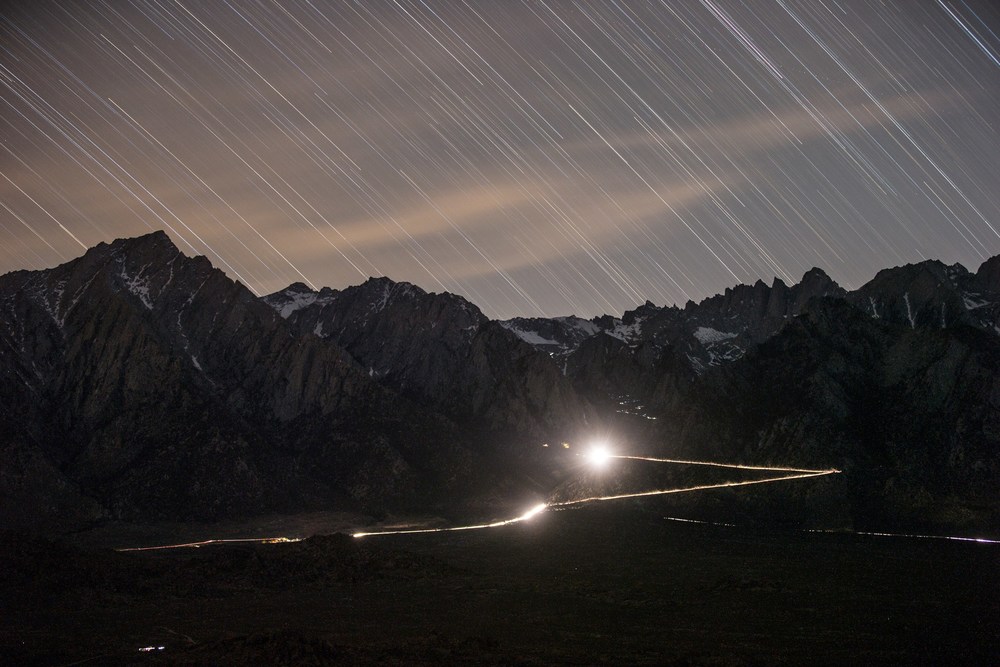The Lost Icon of Home
Location
Mountain View Center for the Performing Arts
Downtown Mountain View
500 CASTRO STREET, MOUNTAIN VIEW, CALIFORNIA 94041
Box Office & General Information 650.903.6000 | MVCPA.COM
California Grizzly Exhibition on display October 23 – December 10.
Sales
Purchases can be made online here, or through the Mountain View Center for the Performing Arts Ticket Office Wednesday through Saturday from noon to 6 pm.
Box Office Sales 650.903.6000 | MVCPA.COM
Acknowledgements
Thank you to Ariana (@arianakamprad) for helping design the exhibition’s title card and California bear flag motif artwork!
Works Cited
- Alagona, P. S. (2013). After the grizzly: Endangered species and the politics of place in California. Berkeley: University of California Press.
- Blog. (n.d.). Retrieved from https://www.calgrizzly.com/blog/
- California State (USA) Flag Color Scheme. (n.d.). Retrieved from https://www.schemecolor.com/california-flag-usa.php
- Chapin, R. (1971). The grizzly bear in the land of the Ohlone Indians. Local History Studies, California History Center.
- Cunningham, L. (2015). State of change: Forgotten landscapes of california. Berkeley, CA: Heyday Books.
- Grizzly Bear History. (n.d.). Retrieved from http://westernwildlife.org/grizzly-bear-outreach-project/history/
- Hayes, D. (2007). Historical atlas of California: With original maps. Berkeley: University of California Press.
- Herrero, S. (2002). Bear attacks: Their causes and avoidance. Guilford, CT: The Lyons Press.
- History of the IGBST. (n.d.). Retrieved from https://www.usgs.gov/centers/norock/science/history-igbst?qt-science_center_objects=0#qt-science_center_objects
- Hittell, T. H. (1911). The adventures of James Capen Adams: Mountaineer and grizzly bear hunter of California. New York: Charles Scribner’s Sons.
- Leonard, R. (1966). Arctos the grizzly. Sacramento: California State Department of Education.
- Leopold, A. (1933). Game management. New York: C. Scribners Sons.
- Leopold, A., Brooks, A., & Jahn, L. R. (1986). Game management. Madison, WI: University of Wisconsin Press.
- Leopold, A. (1987). A Sand County almanac, and sketches here and there: With other essays on conservation from Round River. New York: Oxford University Press.
- Leviton, A. E. (1979). San Francisco Bay: The urbanized estuary: Investigations into the Natural History of San Francisco Bay and Delta with reference to the influence of man. San Francisco, CA: The Division.
- Lopez, B. (1986). Arctic dreams: Imagination and desire in Northern landscape. New York: Scribner.
- McCracken, H. (1955). The Beast that walks like Man: The Story of the Grizzly Bear. Lanham, MD: Hanover House.
- Resources about Salmon and Other Anadromous Fish -. (n.d.). Retrieved from https://baynature.org/article/resources-about-salmon-and-other-anadromous-fish/
- Simpson, S. (2013). Dominion of bears: Living with wildlife in Alaska. Lawrence (Kansas): University Press of Kansas.
- Snyder, S. (2003). Bear in mind: The California grizzly. Berkeley, CA: The Bancroft Library, Univ. of Calif.
- Storer, T. I., & Tevis, L. P. (1955). California grizzly. Berkeley, CA: University of California Press.



